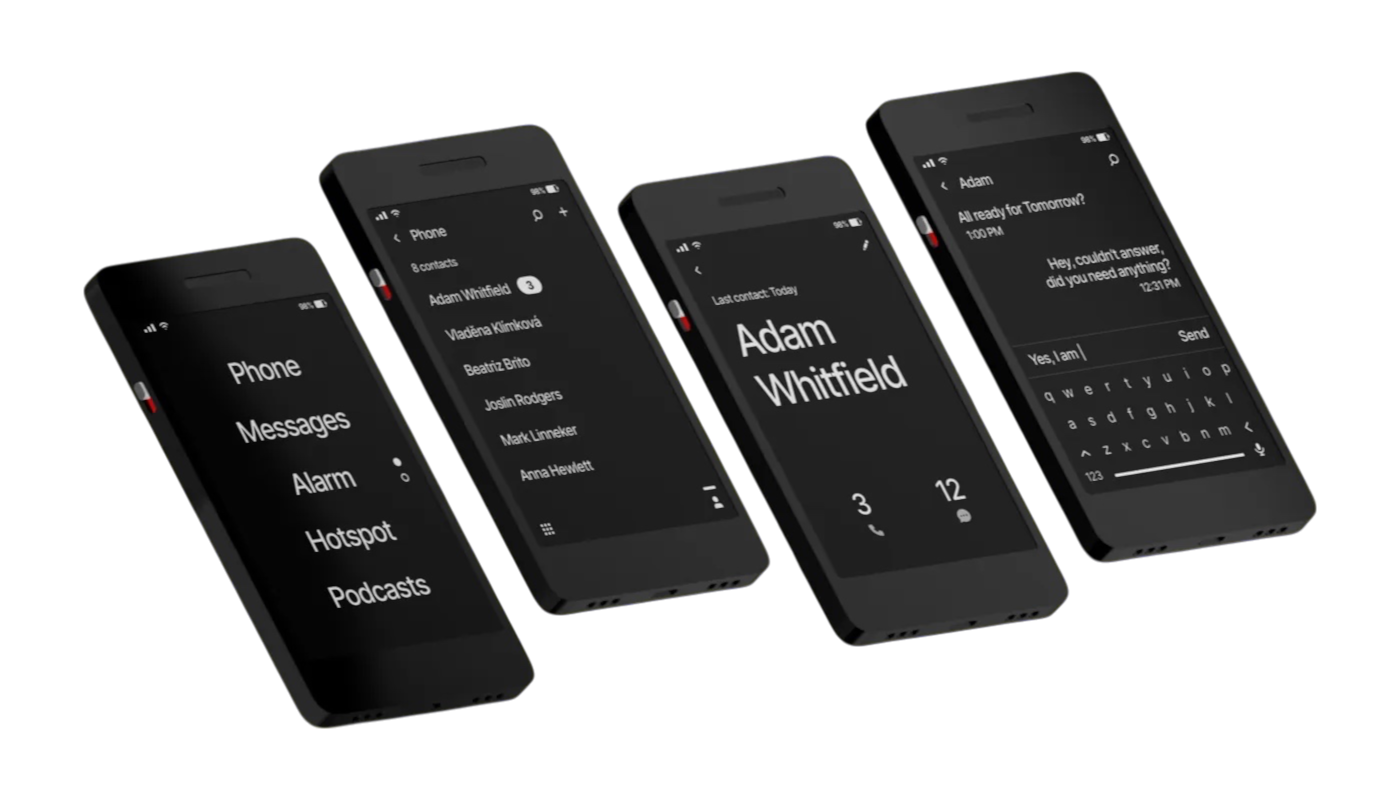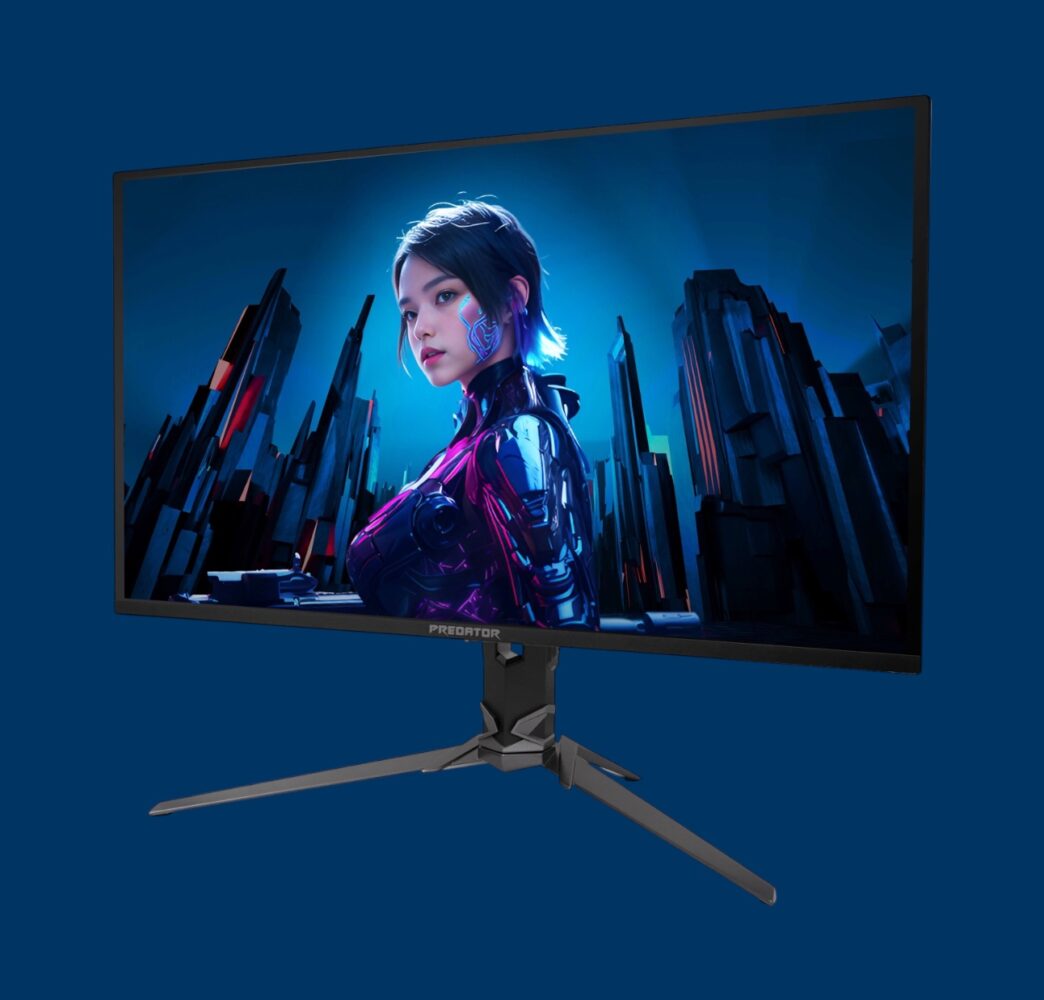In an era where digital saturation is ubiquitous, the Light Phone III emerges as a beacon for those yearning to reclaim their attention from the clutches of incessant notifications and the allure of infinite scrolling. Building upon its predecessors, this third iteration from the Brooklyn-based startup, Light, endeavors to refine the minimalist phone concept, offering essential functionalities while stripping away superfluous distractions. But does it truly deliver on its promise of a digital detox, or does it fall short in a world dominated by feature-rich smartphones?
Light Phone III
Design and Build Quality
The Light Phone III exudes an industrial charm that is both understated and purposeful. Measuring 106mm in height, 71.5mm in width, and 12mm in thickness, and weighing a mere 124 grams, it nestles comfortably in the hand, reminiscent of the compact devices from yesteryears. The aluminum frame imparts a sense of durability, while the matte glass screen resists fingerprints, maintaining a clean aesthetic. The device’s design ethos is rooted in simplicity, with a focus on tactile buttons and a monochromatic interface that eschews the flashy animations prevalent in contemporary smartphones.

Display
Departing from the E Ink display of its predecessor, the Light Phone III boasts a 3.92-inch AMOLED screen with a resolution of 1080×1240 pixels. This transition results in a more responsive and fluid user experience, addressing one of the primary critiques of the earlier model. The monochrome display, while limiting in color representation, aligns with the phone’s minimalist philosophy, ensuring that users remain focused on tasks without the temptation of vibrant visuals. The matte finish further enhances readability under various lighting conditions, making it suitable for outdoor use.

Performance and Software
Under the hood, the Light Phone III is equipped with a Qualcomm SM 4450 processor, paired with 6GB of RAM and 128GB of internal storage. While these specifications may seem modest compared to flagship smartphones, they are more than adequate for the device’s intended use. The operating system, LightOS, is a custom Android-based platform stripped of unnecessary features. The interface is intuitive, with a vertical list of tools that can be navigated through simple swipes.The absence of an app store means that users are limited to pre-installed tools, reinforcing the device’s commitment to minimalism.

Tools and Functionality
The Light Phone III offers a curated selection of tools designed to cater to essential needs without overwhelming the user:
- Phone and Messaging: The core functionalities of calling and texting are executed flawlessly. The wider design facilitates easier typing, and the voice-to-text feature is a welcome addition for those who prefer dictation.However, the absence of support for third-party messaging apps like WhatsApp or Signal may be a drawback for some users.
- Directions: Powered by Here, the Directions tool provides basic navigation capabilities. While it lacks real-time traffic updates and other advanced features, it suffices for straightforward routing needs. The monochrome map is clear, and the step-by-step instructions are easy to follow.
- Music and Podcasts: Users can upload music files via the Light Phone’s web dashboard, turning the device into a basic MP3 player. The Podcasts tool allows for the addition of specific shows, though the absence of streaming capabilities means that content must be downloaded beforehand.
- Camera: The inclusion of a 50-megapixel rear camera and an 8-megapixel front-facing camera is a notable upgrade. While the photo quality won’t rival that of high-end smartphones, it delivers a lo-fi aesthetic that some may find appealing. The dedicated shutter button and minimalist camera interface make for a straightforward shooting experience.
- Additional Tools: Other utilities include an alarm, calculator, calendar, notes (with voice memo capabilities), and a timer. Each tool is designed with simplicity in mind, ensuring that users can perform tasks without unnecessary complications.
Connectivity and Compatibility
The Light Phone III supports 5G and 4G LTE networks and is certified to work with major carriers such as T-Mobile, Verizon, AT&T, Boost, Mint, Ting, and US Mobile. The inclusion of both nano SIM and eSIM options offers flexibility for users who may wish to switch between devices. However, it’s worth noting that some smaller carriers may not be supported, which could be a limitation for certain users.

Battery Life
Equipped with an 1,800mAh battery, the Light Phone III offers commendable longevity, easily lasting up to two days with moderate use. Activities such as extended music playback or frequent use of the Directions tool will naturally drain the battery more quickly. The device charges via USB-C, and the inclusion of four screws on the back facilitates easier battery replacements, promoting longevity and sustainability.
Security and Future Prospects
The device features a fingerprint sensor integrated into the power button, though this functionality is slated to be activated in a future software update. Additionally, the NFC chip holds the potential for contactless payments, pending future developments. The company’s commitment to continuous software enhancements suggests that the Light Phone III will evolve over time, potentially incorporating additional utilities that align with its minimalist ethos.

Price and Value Proposition
At a retail price of $599, the Light Phone III positions itself in the mid to high-end segment of the mobile phone market.This pricing may raise eyebrows, especially considering the device’s limited functionalities compared to similarly priced smartphones. However, the value proposition lies not in the number of features but in the quality of the user experience.For individuals seeking to distance themselves from the digital noise and cultivate a more intentional relationship with technology, the Light Phone III offers a compelling solution.
Light Phone III
Conclusion
The Light Phone III is not a device for everyone. It eschews the feature-laden approach of modern smartphones in favor of a streamlined, distraction-free experience. For those committed to digital minimalism, it serves as an effective tool to reclaim time and attention from the pervasive demands of contemporary technology.






